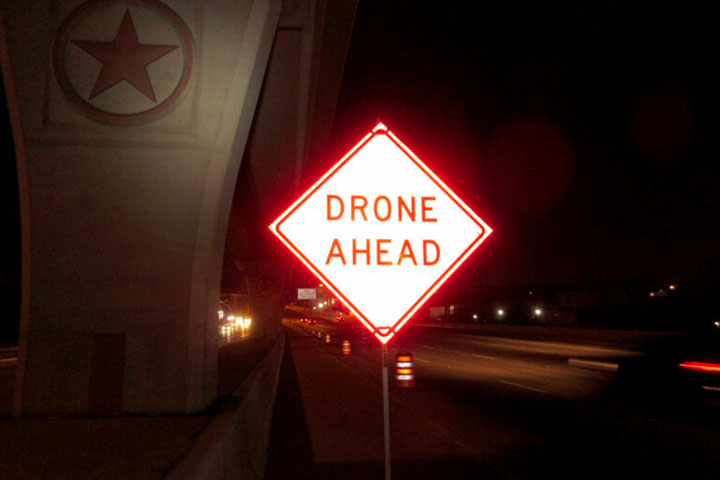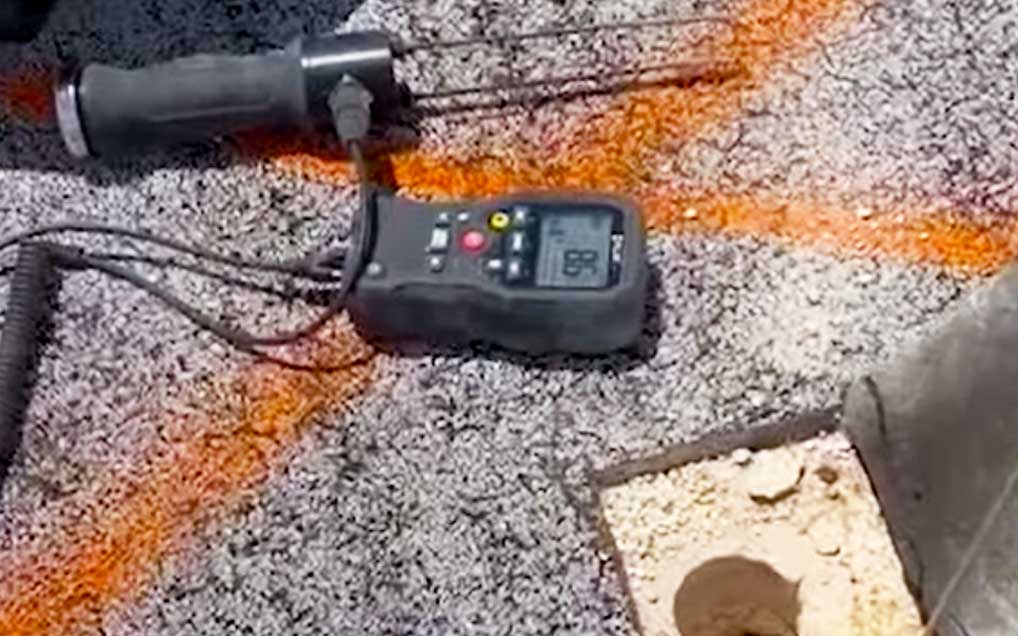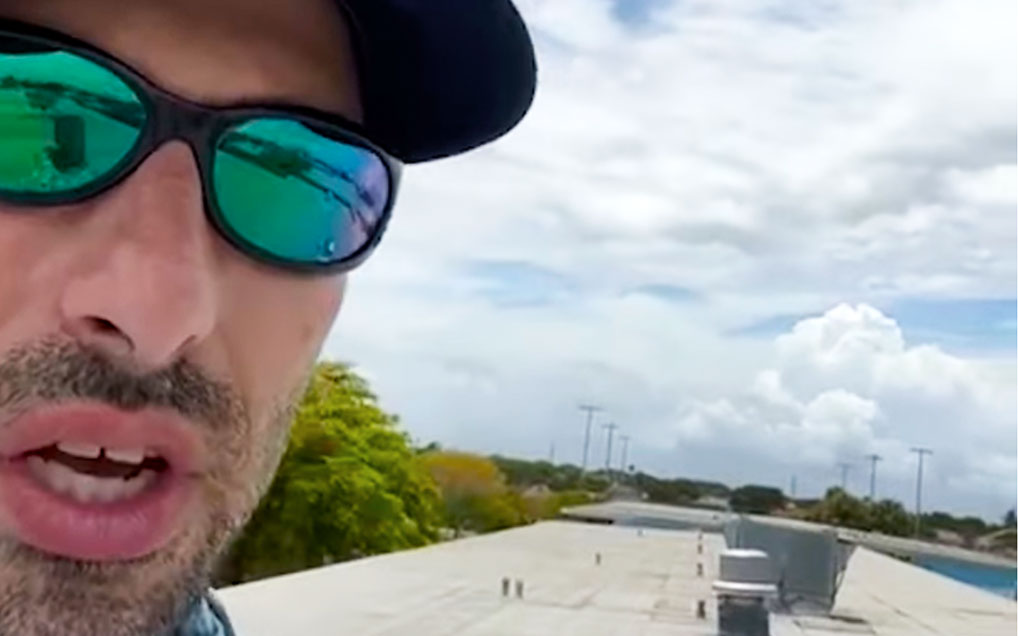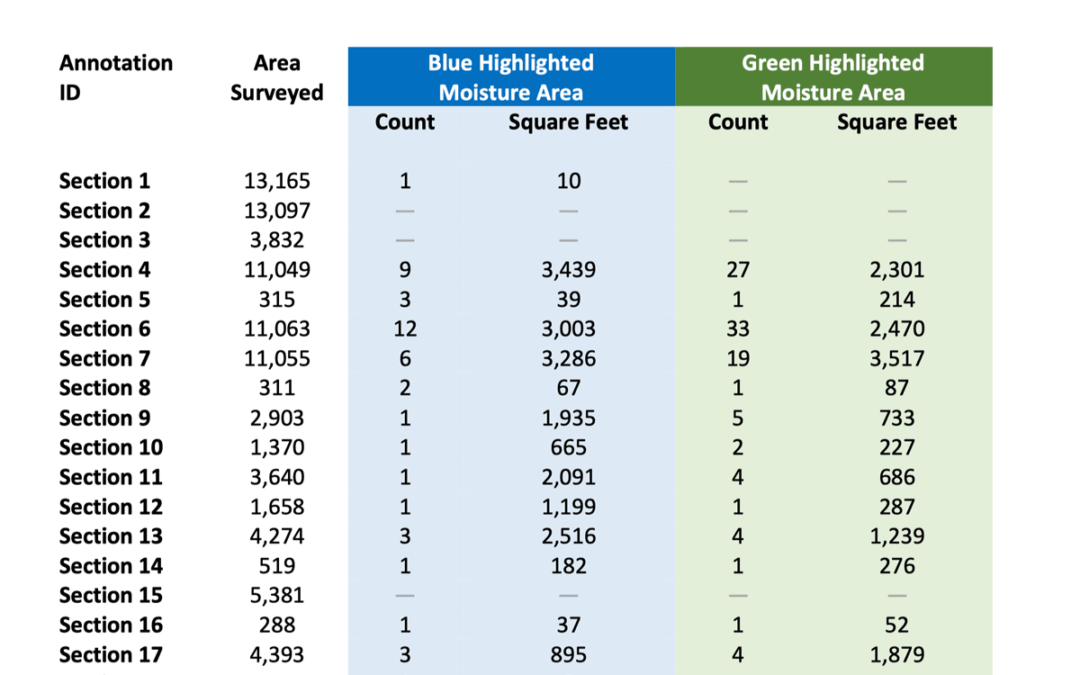The maintenance engineering team of the LBJ Expressway reached out to us because they needed to inspect the bearing pads of some of their bridges. However, the traditional way of inspecting them using a snooper truck would be expensive and hard to schedule. In their exploration for an alternative inspection process, we were able to successfully help them deploy drones to survey the present conditions.
Many times, we are asked to use a drone to accomplish difficult tasks, but sometimes we don’t feel that a drone would work well for those specific applications. This time, though, drone technology ended up being a great fit to help inspect these bearing pads, but we had our work cut out for us. We began researching ways that we could use our drones to conduct safer, quicker, and less expensive inspections for these bearing pads.
We first researched the construction of the bridges. As the temperature changes and fluctuates throughout the year, concrete expands and contracts. To safely accommodate these expansions and contractions without creating damage or dangerous driving conditions, bridge elastomeric bearing pads are used. Bearing pads are made of a high-strength, rubberized industrial material. As you can see in this picture, the bearing pad serves as a buffer between the abutment and the bottom deck of the bridge. Many times, the bearing pad may only be a few inches tall. The bearing pad will flex forward and backward as the deck’s concrete expands and contracts throughout the year.
Then, we needed to figure out how and when a drone could be used to conduct the inspection. Because these roads are so busy, we determined that the inspection would need to be completed at night to ensure safety.
Complying with the FAA’s Regulations
Drone pilots must follow the Federal Aviation Administration’s regulations. One of the regulations in place for drone pilots is that drones can not be flown over moving vehicles. In order to comply with this regulation, we needed to use lane closures so that our drones would not be flying over cars driving on these roads.
Complying with the TXDOT’s Standards
The Texas Department of Transportation (TXDOT) also has standards for drone operations. One of these standards states that drones may not operate within 6 feet of a structure. However, the inspection work that we needed to conduct would require us to fly our drone within mere inches of the structures so that we could get precise and exact data. To do this, we needed to submit a flight and safety plan noting that we’d need to operate around that specific TXDOT rule.
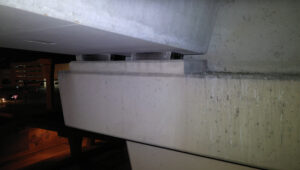
Planning Around the Weather
We needed to complete this inspection on a clear and calm night. We conducted some test flights beforehand and determined that our operating limit would be roughly 12mph of wind. This is because wind greater than 12mph around the structure could push the drone in unpredictable ways, which could be dangerous. So, if the wind was any stronger than 12mph, then we would need to reschedule the flight. We also needed to conduct the flight on a night where there was no expected precipitation and temperatures above freezing.
Scheduling Road Closures
Because we needed to close lanes in order to conduct safe drone flights, we needed to plan in advance so we could alert drivers.
Staying Organized
Since we would be inspecting various aspects of the bridge’s structure, we needed to make sure that we were keeping each file organized so that we could correctly and accurately analyze each specific portion.
Determining the Best Drone to Help Us Complete this Job
We have various drones in our fleet that help us complete different types of jobs. For this project, we needed to determine which drone would be the best fit to fly safely around the bridge, provide the necessary lighting to inspect each aspect of the bridge, and provide high-resolution imaging for analysis. We knew we’d need a small drone that had a short distance between the camera and the propellers so we could get up close to the bearing pads to conduct our inspections.
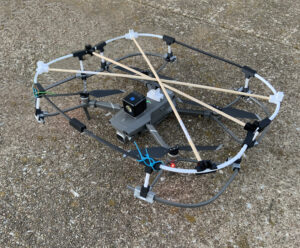
We ended up choosing the DJI Mavic 2 Pro with mounted lights and a custom-built cage for this job. We chose the Mavic 2 Pro because it was small, but it was still able to record in 4K resolution and capture 20mp still shots. It also was able to accommodate mounted lighting and a custom cage.
Conducting the Inspections
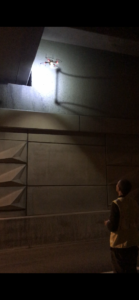
To complete these inspections, our team worked alongside a retired engineer that had worked for the TXDOT for over 3 decades. We conducted the inspections in sections that correlated with the pre-announced lane closures.
The inspections were finished under budget and we were able to provide the TXDOT with drone footage that documented the conditions of each of the bridge’s abutments and bearing pads. We also put together a comprehensive report that detailed the state of the structure, as well as any concerns we noticed.
The largest obstacle that we had to overcome during this innovative project was figuring out how to safely and successfully operate the drone around the bridge when the winds were stronger. We knew that we had to stay alert and be extremely careful as we flew it near the structure.
I would consider this one of the most interesting, yet challenging, projects our team has taken on to date. I love opportunities where we can explore whether or not drone technology would be a good fit to help effectively complete a project, especially when that opportunity happens to be a perfect fit.
